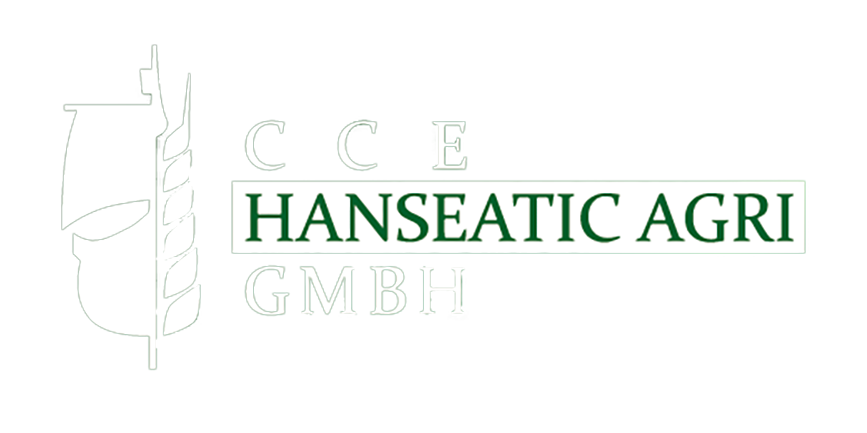Guide to Sourcing High Quality Raw Materials for Pet Food
In the Pet Food Industry landscape, the quest for high-quality raw materials is more than a necessity; it’s a commitment to excellence. This guide delves into the critical aspects of sourcing superior ingredients that meet and exceed pet food manufacturers’ stringent requirements.
As a stakeholder in the production of pet foods, understanding these facets ensures the delivery of products that offer Nutritional Value, Health Benefits, and utmost satisfaction to the end consumer.
Understanding Pet Nutrition and Quality Standards
Pet nutrition forms the cornerstone of the pet product manufacturer’s mission to deliver products that support the health and well-being of animals.
Essential Nutrients, including proteins, fats, carbohydrates, vitamins, and mineral supplements, must be balanced meticulously to cater to the dietary needs of pets. Quality Standards in the pet food industry are governed by strict Safety Regulations, ensuring that each product meets nutritional requirements and adheres to safety and quality benchmarks.
Quality Assurance processes are vital, ensuring that every batch of dog foods or other pet products passes through rigorous quality control procedures before reaching the market.
Critical Factors in Selecting Pet Food Ingredients
Selecting the right ingredients is paramount for pet food manufacturers aiming to produce high-quality pet foods. Several factors play a crucial role in this decision-making process:
- Nutrition: Essential Nutrients must be derived from high-quality ingredients, ensuring the Health Benefits of the pet foods produced.
- Quality: Ingredient quality is non-negotiable. Quality Control measures must be in place to ensure consistency and safety in every product batch.
- Ingredients: Transparent labeling of Certain ingredients allows manufacturers to maintain trust and credibility. High-quality ingredient suppliers are selected based on their ability to provide consistent, nutritious, and safe ingredients.
- Price: While cost is a factor, the focus remains on sourcing ingredients that offer the best value in terms of Nutritional Value and quality without compromising standards.
- Sustainability: An increasing priority, sustainable ingredient sourcing helps manufacturers minimize environmental impact while maintaining quality and efficacy.
The Role of Palatants in Pet Food Appeal
Palatants are vital in enhancing the flavor profile of pet foods, making them more appealing to pets. These flavor enhancers are meticulously selected based on their compatibility with the overall product formulation, ensuring they contribute positively to the taste without compromising the Nutritional Value of the pet food.
The manufacturing process of these plants involves careful selection of sources, whether animal-based, plant-derived, or innovative options like insect-based proteins, aligning with sustainability goals and Safety Regulations.
Sustainability in Pet Food Production
Sustainability in the supply chain is not just an ethical choice but a strategic business decision for pet food manufacturers. It encompasses the responsible sourcing of ingredients, minimizing environmental impact, and embracing practices that ensure the long-term viability of the pet food industry.
This approach includes utilizing by-products efficiently, exploring alternative protein sources, and reducing carbon footprints while maintaining the high standards of ingredient quality and product safety demanded by the market.
The Hanseatic-Agri Advantage in Bulk Feed Supply
Hanseatic-Agri stands at the forefront of supplying bulk animal feed solutions, offering a distinctive advantage to pet food manufacturers:
- Wide Range of High-Quality Ingredients: Our portfolio ensures access to the essential nutrients needed for your pet foods, from conventional meats to innovative proteins.
- Sustainable Sourcing Practices: Our commitment to sustainability means we provide ingredients that meet Quality Control standards and align with environmental and ethical considerations.
- Efficient Supply Chain: With a robust supply chain, we guarantee the timely and consistent delivery of bulk ingredients, enabling seamless manufacturing processes.
Building Trust through Quality and Expertise
Building trust through unwavering commitment to quality and expertise is paramount in the competitive pet product manufacturer landscape. Hanseatic-Agri embodies this principle, ensuring that every ingredient supplied meets the highest standards of Quality Assurance and Nutritional Value.
Our in-depth understanding of the pet food industry and stringent adherence to safety regulations position us as a trusted partner for pet food manufacturers seeking to excel in delivering superior pet products.
Looking Ahead: The Future of Pet Food Ingredients
Innovations in sustainability, nutritional science, and consumer preferences shape the future of pet food ingredients. As the demand for environmentally friendly, nutritious, and appealing pet foods grows, manufacturers must stay ahead of trends.
This includes exploring novel protein sources, adapting to advancements in ingredient technology, and ensuring Quality Assurance in every aspect of the manufacturing process. The commitment to ingredient quality, sustainability, and innovation will continue to drive the pet food industry forward, meeting the evolving needs of pets and their owners.
Conclusion
Sourcing high-quality raw materials is a critical element in pet food production, underpinning pet food manufacturers’ success in delivering products that are nutritious, safe, and appealing to pets.
Manufacturers can ensure their products stand out in a crowded market through careful ingredient sourcing, adherence to Quality Control and Safety Regulations, and a commitment to sustainability. Hanseatic-Agri, with its expertise in supplying bulk feed solutions, is poised to support manufacturers in achieving these goals, fostering a future where quality, nutrition, and sustainability are at the heart of the pet food industry.









